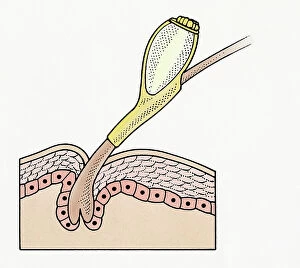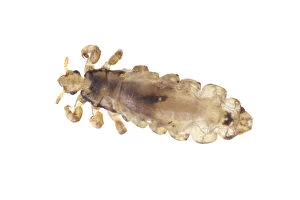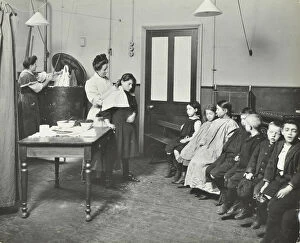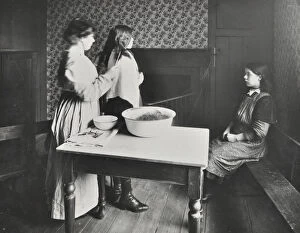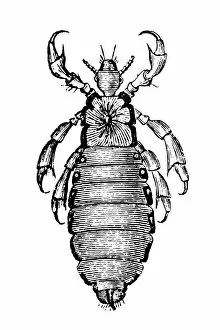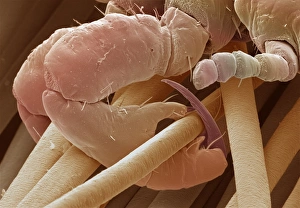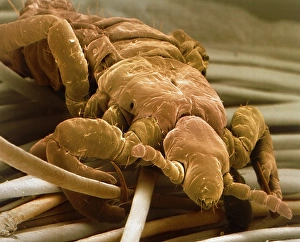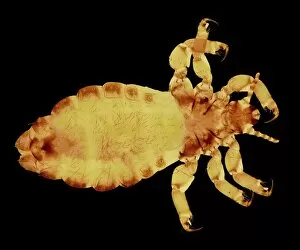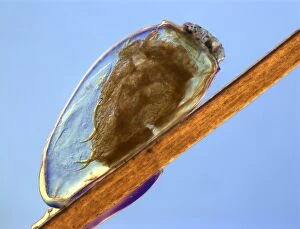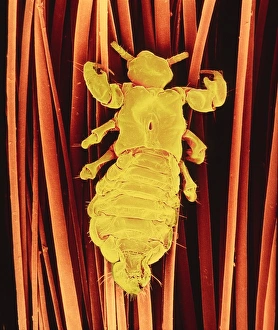Head Louse Collection
"Exploring the Intricate World of Head Lice: Unveiling the SEM Images and Historical Perspectives" Delving into the microscopic realm
All Professionally Made to Order for Quick Shipping
"Exploring the Intricate World of Head Lice: Unveiling the SEM Images and Historical Perspectives" Delving into the microscopic realm, we encounter the notorious head louse (Pediculus humanus capitus) at Brackenridge Field Laboratory in Austin, Travis County. Captured through a scanning electron microscope (SEM), these images reveal the intricate details of this parasitic insect that has plagued humanity for centuries. As we journey back in time, Jan Georg van Vliet's masterpiece "Beggar Woman Fleaing a Boy" transports us to an era where head lice were prevalent even among society's most vulnerable. The painting depicts a group of people on the street, possibly beggars, highlighting how head lice spared no one. Fast forward to O. Pierre Havens' "An Hours Hunting, " created between 1876-1888, which showcases individuals engaged in hunting activities while unknowingly carrying these unwanted guests on their heads. This serves as a reminder that head lice have long been intertwined with human existence. In London during the early 20th century, Finch Street Cleansing Station witnessed nurses tirelessly cutting children's verminous hair to combat infestations. Similarly, Central Street Cleansing Station saw nurses meticulously examining girls' hair for signs of head lice in 1914. Chaucer School also employed school nurses who diligently checked students' hair for these tiny intruders in 1911. To gain further insight into this minuscule creature's anatomy and behavior, illustrations provide valuable information about its species variations such as Pediculus humanus var. Corporis or body louse. These visuals shed light on differentiating characteristics and help researchers better understand their life cycles and habits. Finally, under the microscope lies our protagonist - Pediculus humanus capitis itself - revealing its true form and structure up close.



